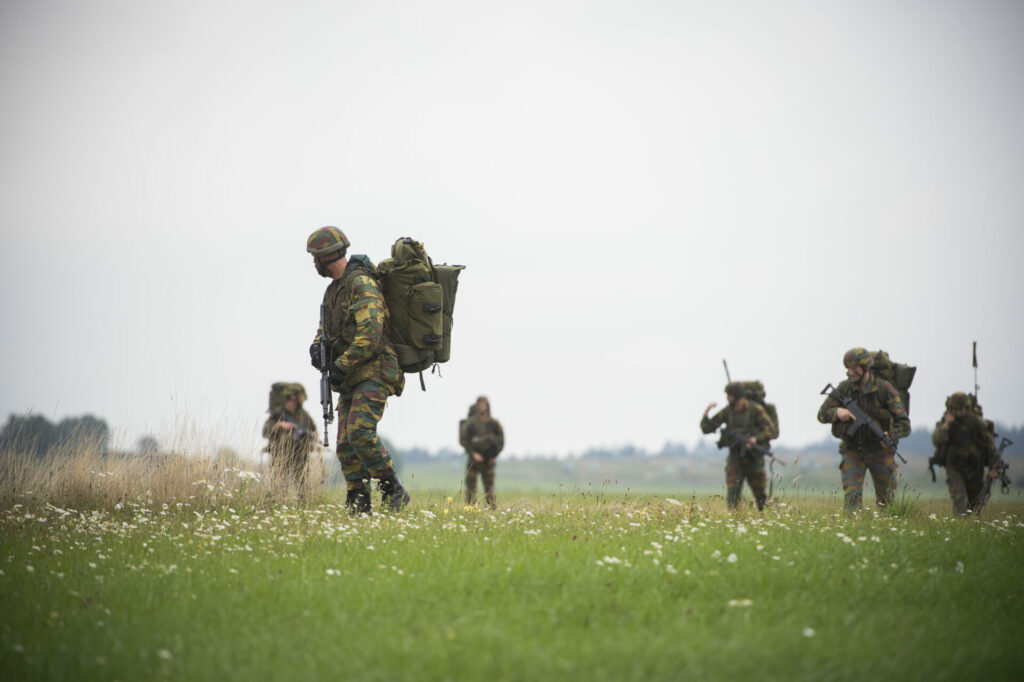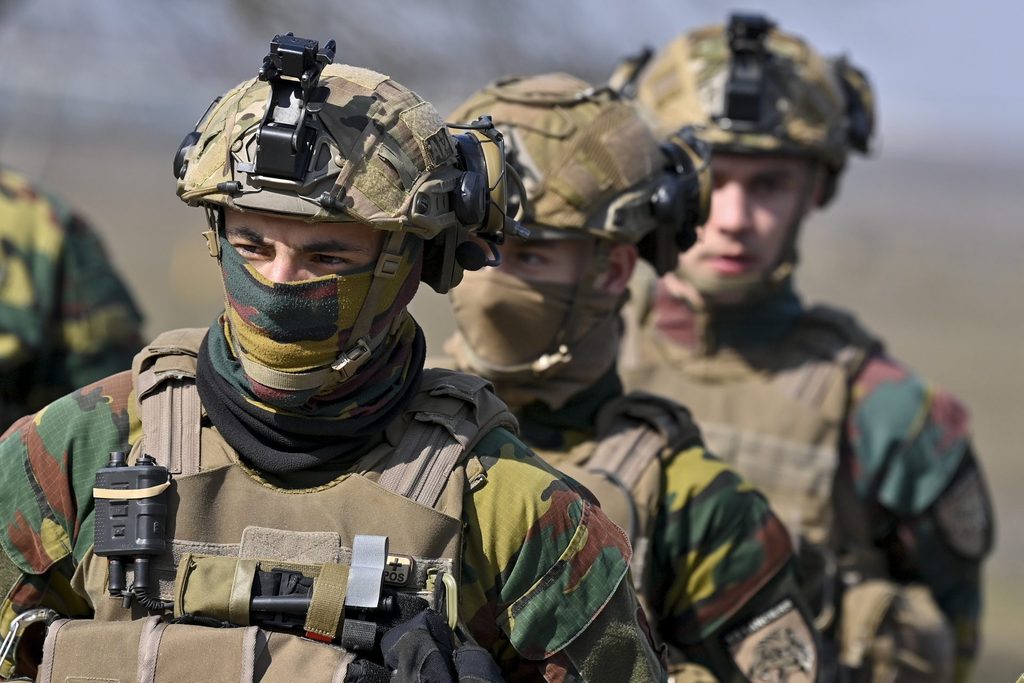The Federal Government’s recent approval of a proposal to grant Belgium observer status in the Future Combat Air System (FCAS) from 2024 to 2029 has been welcomed by the country’s industrial sector.
For years, the industry has been urging the government to join one of the new generations of combat air system projects.
With the possibility of Belgium potentially becoming a part of the programme, there are hopes that future inclusion – which is by no means guaranteed due to friction between French aerospace company Dassault and the Belgian Government – will lead to contracts and a boost to employment.
“Observer status will allow the Belgian industrial and technological base to identify the domains in which technological national companies, mainly SMEs, could have advantages,” Alain De Neve, a researcher at the Belgium-based Royal Higher Institute for Defence think tank, told The Brussels Times.
Niche technologies
Belgian industry has made it clear that it favours neither FCAS or the competing Tempest (GCAP) program, which involves the United Kingdom, Italy, and Japan, with potential interest from Saudi Arabia. But with so much potential business at stake, it is clear that involvement in one or the other would be highly advantageous for Belgium.
“If you take a look at the Belgian security and defence industry landscapes, you will see that one of Belgium’s comparative advantages is in the development of “niche technologies,” Alain De Neve said. "Some SMEs have developed a renowned expertise in artificial intelligence that enable autonomous drones to accomplish complex missions.”
“Yet, we know that one main aspect of the FCAS/SCAF will consist in making next-generation piloted aircrafts and unmanned aerial systems to cooperate during an operation,” he added. “Companies, such as AnyShape, are specialised in the design, development and manufacture of metal, plastics and composite materials. Such skills may also be particularly useful for the development of platforms with great endurance and resistance to real combat conditions.”

Large-scale NATO exercises in Bastogne, Belgium, in September 2015. Credit: Anthony Dehez/Belga
In addition to the possibility of full membership in FCAS, Belgium has already approved the STAR Plan for the Defence sector which involves over €10 billion in investments, including the acquisition of helicopters, drones, and armoured vehicles.
The plan aims to increase the number of civilian and military staff in the Defence sector to 29,000 by 2030, up from the current 27,600, and raise the budget from €4.8 billion to €7.0 billion by 2030. It also includes various equipment purchases, such as light utility helicopters, heavy helicopters, search and rescue helicopters, special forces support aircraft, light transport aircraft, and additional drones.
The plan also outlines the acquisition of anti-aircraft missile batteries, C-UAS systems, Jaguar wheeled armoured vehicles, and the creation of a new reconnaissance battalion and second medical battalion.
“At the institutional level, the STAR plan only envisions the line of conduct in terms of capabilities, although it is not only about capabilities,” said Alain De Neve. “To be honest, it is the Defence Industry and Research Strategy (DIRS), a document aimed at defining the means to consolidate a Belgian defence industrial and technological base that could make the difference. The idea is to enable Belgium to be recognised as a relevant, reliable and competitive technological partner in the development of European and transatlantic capabilities."
"The FCAS/SCAF could become an ideal testing ground to enable Belgium to show its value in terms of innovation and niche technological solutions. The underlying idea is to develop defence expertise in Belgium of a quality similar or equal to that developed in the space sector.”
Missing NATO targets
The approval of STAR and the potential involvement in FCAS signals a complete turnaround in Belgium's defence policy, which has taken just a few years.
Despite still falling short of NATO's target for member countries to commit 2% of GDP to defence spending, the country has significantly increased its defence budget, signalling a shift towards sustained growth. This change comes after years of defence cuts following the Cold War, when governments redirected resources to other areas. However, the resurgence of threats has compelled Belgium, like others, to recognise the need for adequate defence capabilities.
Belgium's current investments focus on various areas, including the modernisation of the army's motorised brigade and the replacement of navy frigates. Additionally, efforts are being made to strengthen the military intelligence service and establish a new cyber component.
Related News
- Belgium and the Netherlands formalise joint purchase of new frigates
- Belgium agrees to jointly purchase surface-to-air missiles
- Belgium enters EU programme for 'next generation' fighter jets
As Belgium faces complex decisions, it must balance its commitment to international operations with the urgency of territorial defence and deterrence, exemplified by its presence in Baltic and Romanian deployments.
With its strategic location hosting NATO and EU headquarters, as well as major logistic hubs for reinforcements, Belgium must also ensure the security of its own territory. Furthermore, the country cannot disregard its interests in regions outside Europe, which may face security crises. Thus, a delicate mix of capabilities is required, encompassing frigates, fighter jets, land forces for territorial defence, and lighter forces for deployments abroad.
While expansion comes with challenges, the willingness to invest and expand marks a significant departure from the post-Cold War era, as Belgium's armed forces are no longer constrained by budgetary constraint.

